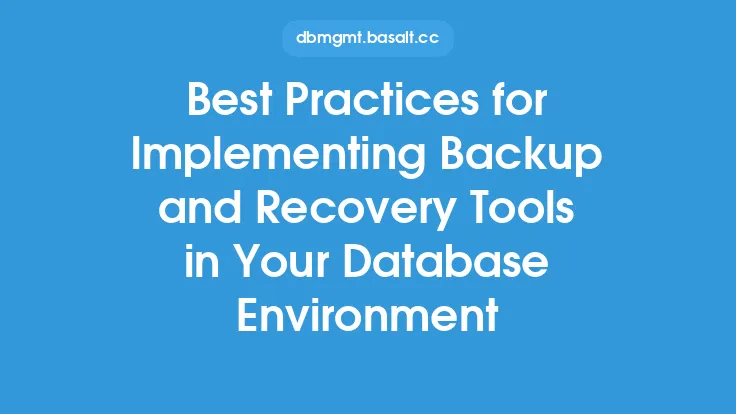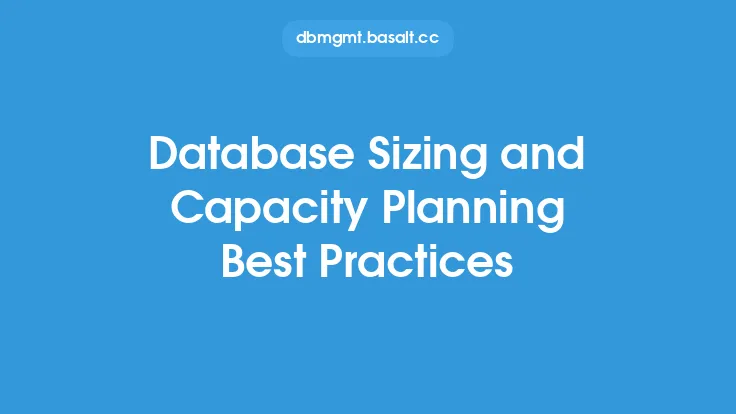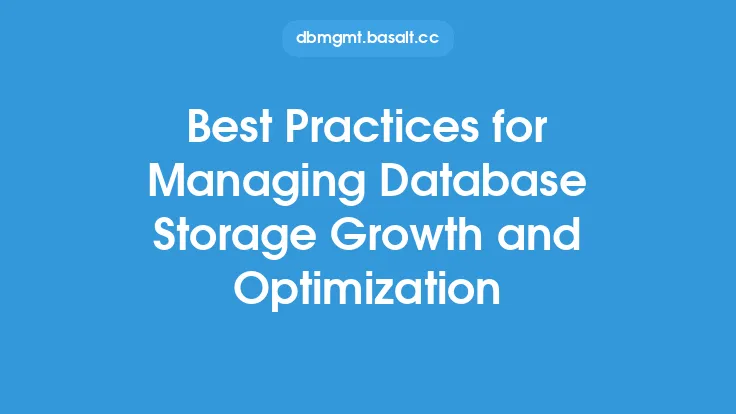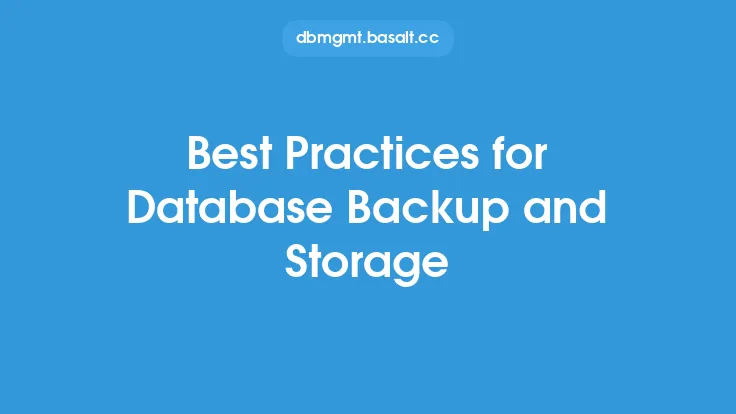Database activity monitoring is a critical component of database security, as it enables organizations to track and analyze all database activities in real-time. This includes monitoring database administrators, applications, and users, as well as detecting and preventing potential security threats. Effective database activity monitoring involves a combination of people, processes, and technology, and is essential for ensuring the confidentiality, integrity, and availability of sensitive data.
Introduction to Database Activity Monitoring
Database activity monitoring involves the real-time monitoring of all database activities, including database administrator activities, application interactions, and user transactions. This includes monitoring database login and logout activities, database queries, data modifications, and other database-related events. The goal of database activity monitoring is to identify and prevent potential security threats, such as unauthorized access, data breaches, and malicious activities. Database activity monitoring also helps organizations to comply with regulatory requirements, such as PCI-DSS, HIPAA, and GDPR, which mandate the monitoring and auditing of database activities.
Benefits of Database Activity Monitoring
Database activity monitoring provides several benefits, including improved security, compliance, and operational efficiency. By monitoring database activities in real-time, organizations can quickly identify and respond to potential security threats, reducing the risk of data breaches and other security incidents. Database activity monitoring also helps organizations to comply with regulatory requirements, by providing a detailed audit trail of all database activities. Additionally, database activity monitoring can help organizations to improve operational efficiency, by identifying performance bottlenecks and optimizing database queries.
Best Practices for Database Activity Monitoring
To implement effective database activity monitoring, organizations should follow several best practices. First, organizations should define a clear monitoring strategy, which includes identifying the types of database activities to be monitored, and the frequency of monitoring. Second, organizations should implement a robust monitoring system, which includes using specialized monitoring tools, such as database activity monitoring software. Third, organizations should ensure that monitoring is performed in real-time, to quickly identify and respond to potential security threats. Fourth, organizations should ensure that monitoring is performed by authorized personnel only, to prevent unauthorized access to sensitive data. Finally, organizations should regularly review and update their monitoring strategy, to ensure that it remains effective and aligned with changing business needs.
Database Activity Monitoring Tools
There are several database activity monitoring tools available, including native database auditing tools, third-party monitoring software, and cloud-based monitoring services. Native database auditing tools, such as Oracle Audit Vault and Microsoft SQL Server Audit, provide detailed auditing and monitoring capabilities, but may require significant configuration and customization. Third-party monitoring software, such as IBM InfoSphere Guardium and Imperva SecureSphere, provide advanced monitoring and analytics capabilities, but may require significant investment and resources. Cloud-based monitoring services, such as AWS Database Activity Monitoring and Google Cloud Database Monitoring, provide scalable and on-demand monitoring capabilities, but may require significant configuration and customization.
Key Features of Database Activity Monitoring Tools
When selecting a database activity monitoring tool, organizations should consider several key features. First, the tool should provide real-time monitoring capabilities, to quickly identify and respond to potential security threats. Second, the tool should provide detailed auditing and logging capabilities, to provide a comprehensive audit trail of all database activities. Third, the tool should provide advanced analytics and reporting capabilities, to help organizations identify trends and patterns in database activities. Fourth, the tool should provide alerting and notification capabilities, to quickly notify authorized personnel of potential security threats. Finally, the tool should provide integration with other security tools and systems, such as SIEM systems and incident response platforms.
Challenges and Limitations of Database Activity Monitoring
While database activity monitoring is a critical component of database security, it also presents several challenges and limitations. First, database activity monitoring can generate significant amounts of data, which can be difficult to analyze and interpret. Second, database activity monitoring can impact database performance, particularly if monitoring is not optimized and configured correctly. Third, database activity monitoring can be complex and time-consuming to implement, particularly in large and complex database environments. Fourth, database activity monitoring may not detect all types of security threats, particularly those that are highly sophisticated and targeted. Finally, database activity monitoring may require significant investment and resources, particularly if organizations require advanced monitoring and analytics capabilities.
Future of Database Activity Monitoring
The future of database activity monitoring is likely to be shaped by several trends and technologies, including cloud computing, artificial intelligence, and machine learning. Cloud computing is likely to play a significant role in the future of database activity monitoring, as more organizations move their databases to the cloud. Artificial intelligence and machine learning are likely to be used to improve the accuracy and effectiveness of database activity monitoring, by providing advanced analytics and threat detection capabilities. Additionally, the use of automation and orchestration is likely to increase, to streamline and optimize database activity monitoring processes. Finally, the use of integrated and unified monitoring platforms is likely to increase, to provide a comprehensive and unified view of database activities and security threats.





